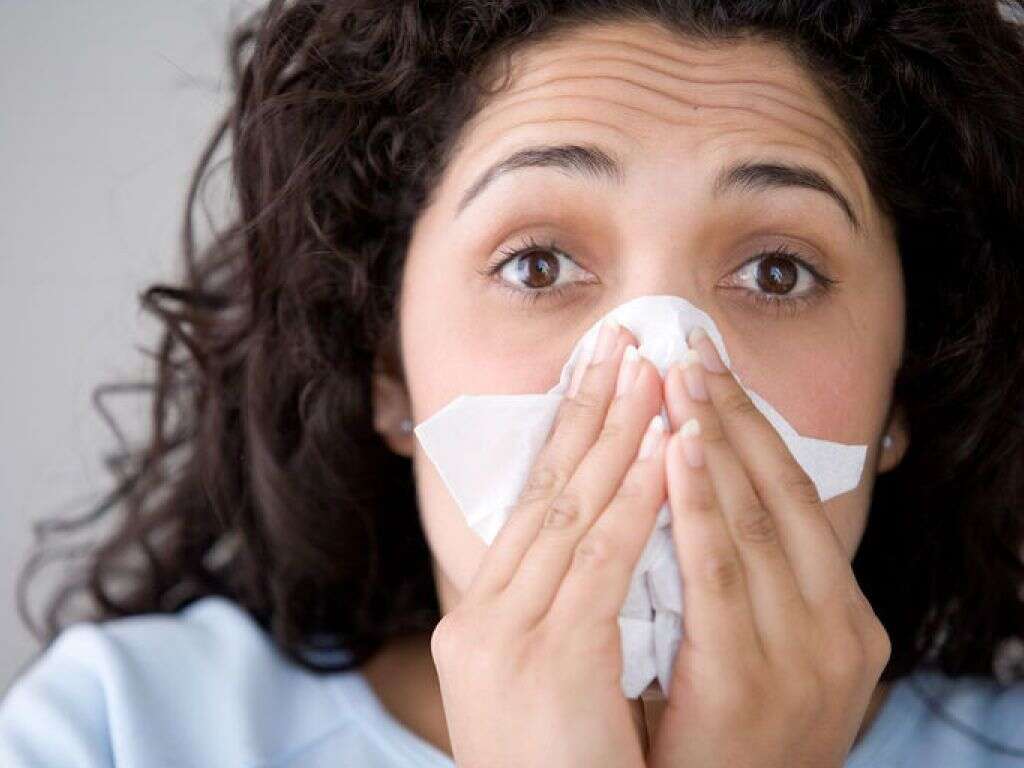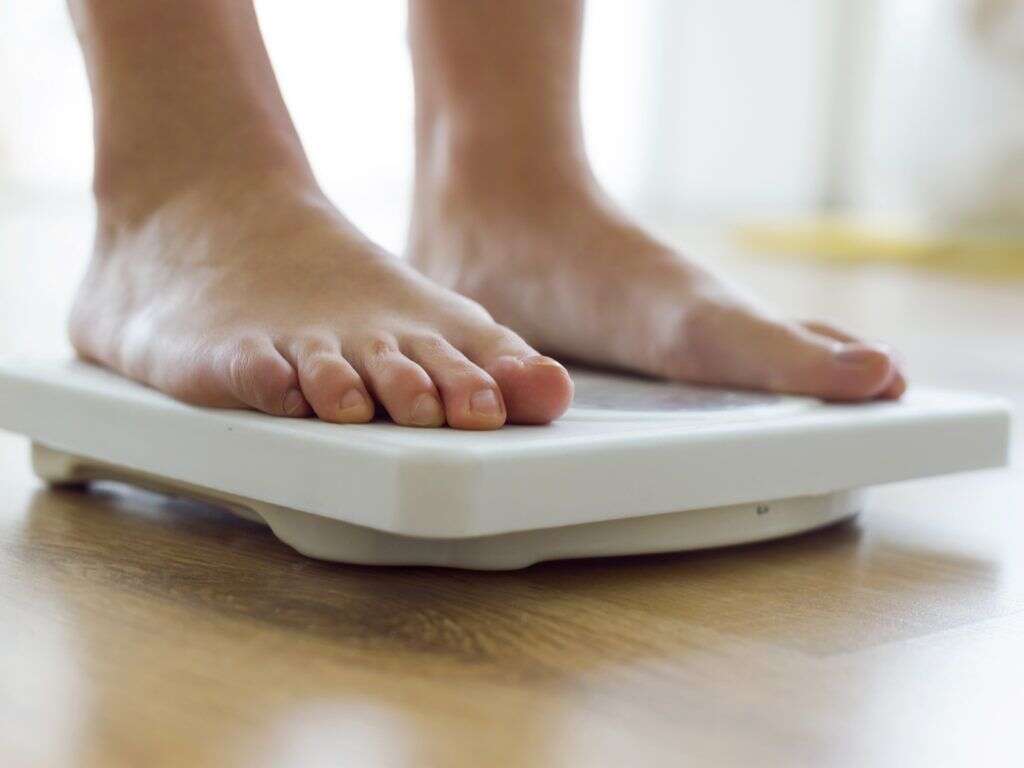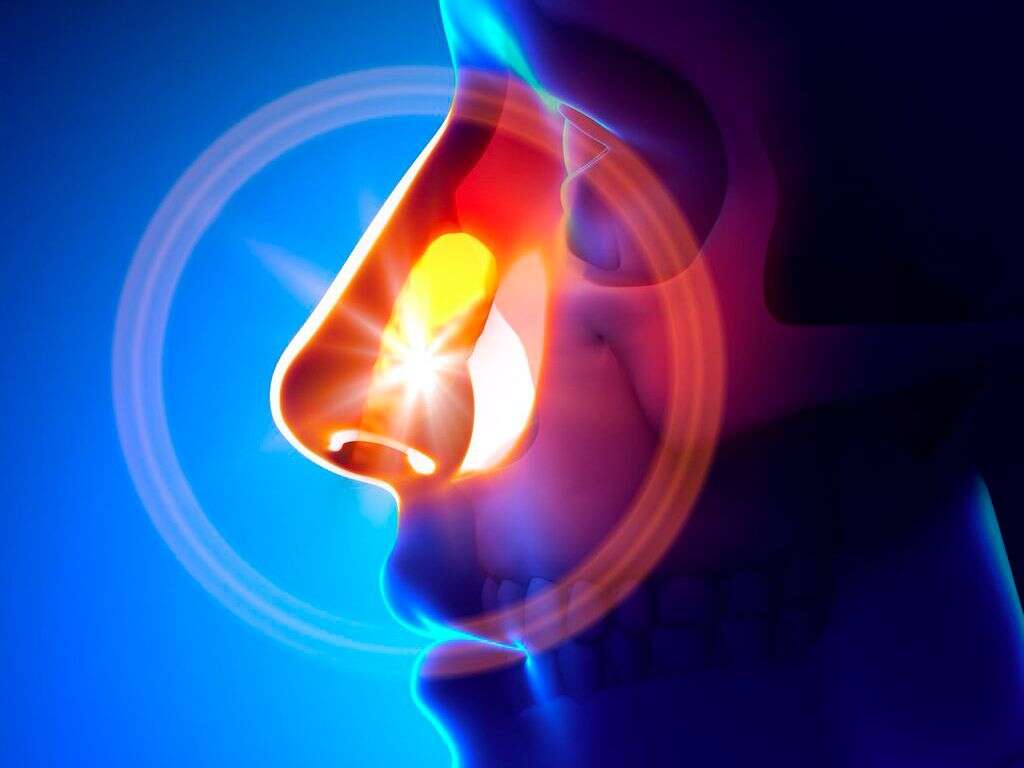What Is Bronchiectasis?
In your lungs are small passageways called bronchi that allow for air to flow into and out of the lungs. The cilia are tiny hair-like structures that help to move mucus out. The two work together to keep air moving freely and to prevent mucus from impeding the process.
Bronchiectasis is a condition in which the bronchi are impaired due to thickening and inflammation. This also causes the destruction of cilia. As a result, mucus frequently builds up in the lungs and air does not flow easily through the bronchi.

1. Bronchiectasis Causes
One of the most well-known causes of bronchiectasis is cystic fibrosis, which is a progressive genetic disease that leads to serious lung infections. However, there are a number of other possible causes. Any issue that results in damage to the lungs has the potential to develop into this condition, though it is often difficult to identify the specific cause.
A suppressed immune system or autoimmune diseases can weaken the lungs and cause the thickening bronchi associated with the condition. Chronic obstructive pulmonary disease and inflammatory bowel disease are also potential causes, as are recurring infections in the lungs, tuberculosis and HIV.
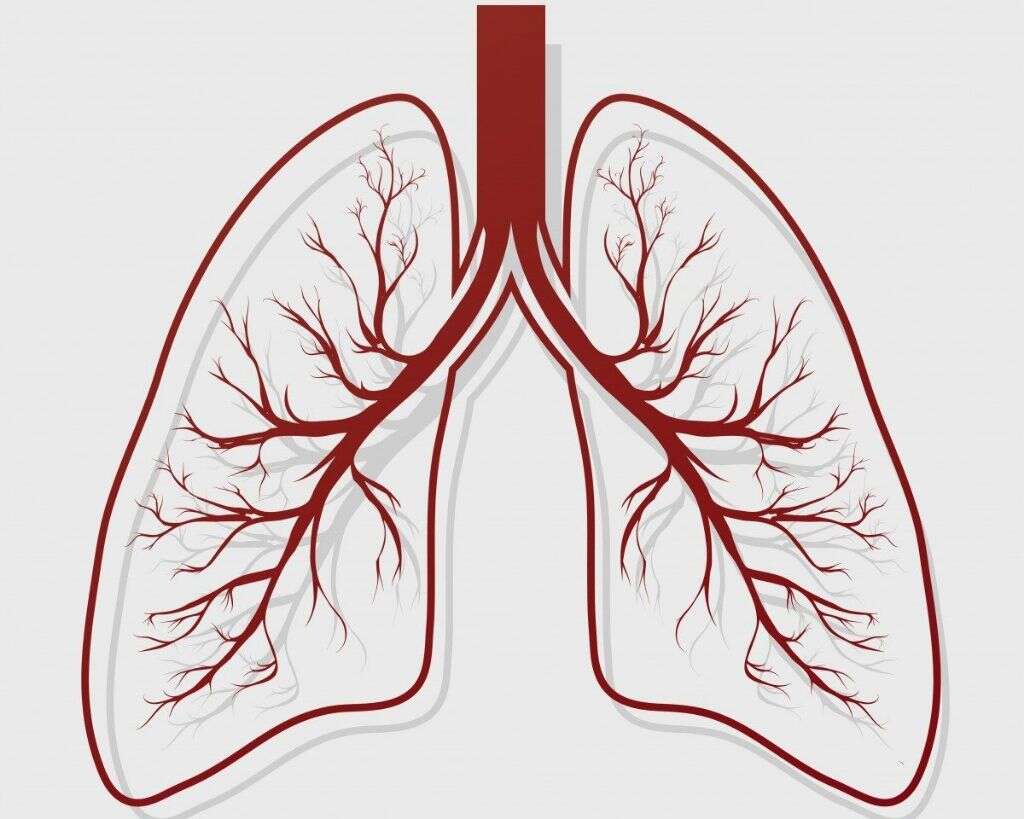
2. Bronchiectasis Risk Factors
Anyone who has a weakened immune system is at an increased risk for bronchiectasis, as are those with damaged lungs due to existing health conditions. People who have a history of lung infections or who have cystic fibrosis are more likely to develop the thickened bronchi walls and inflammation that causes this condition.
Those who work in environments that expose them to breathing in fungi or particulates are vulnerable to getting bronchiectasis. Inhaling spores that then grow in the lungs can cause some people to have an allergic reaction that damages the lungs. Likewise, aspirating particulate matter on an ongoing basis can do the same.
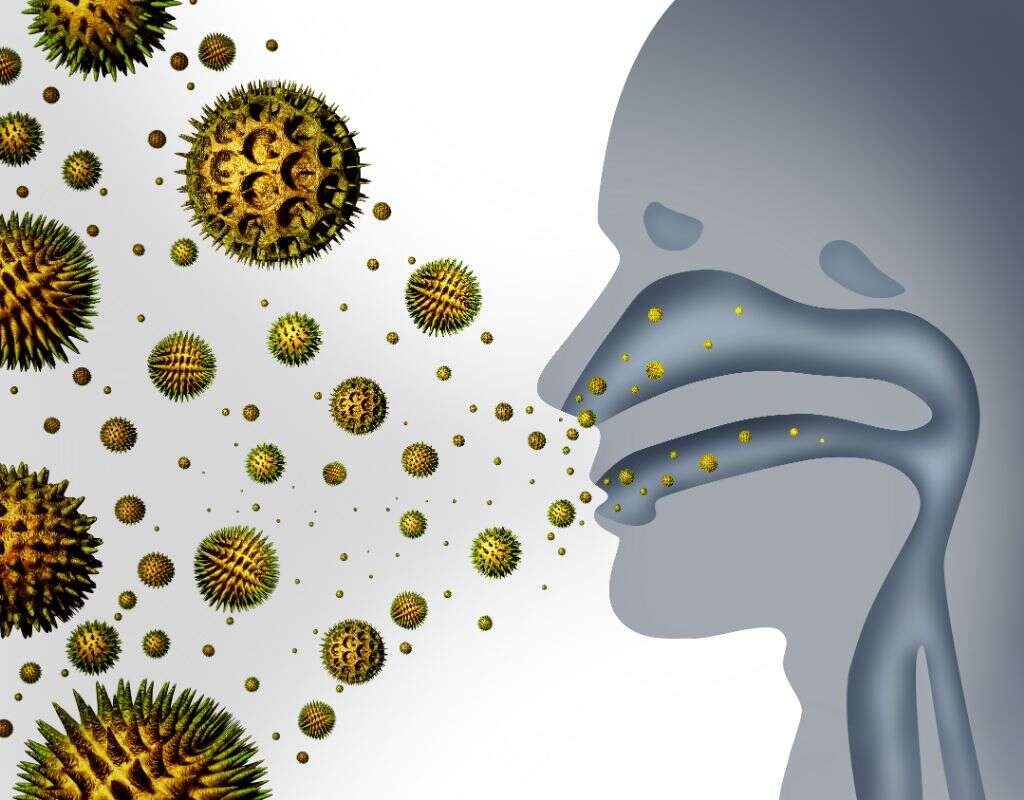
3. Bronchiectasis Prevalence
Although rare, it is possible for young people to get the disease. However, it occurs most frequently in people aged 75 and older. In the U.S. alone, it is estimated that approximately 500,000 people are living with bronchiectasis.
When the disease appears in younger people, it is seen more often in males than females. However, in the older population, the trend is reversed. More women than men are diagnosed with the condition. There are instances, though few, when a person is born with bronchiectasis.

4. Bronchiectasis Symptoms
The symptoms of bronchiectasis tend to develop gradually. When they first appear, the individual often may not attribute them to signs of a serious condition. It can take months or years before symptoms are severe enough to indicate a critical issue. The condition continues to grow progressively worse over time.
The dominant sign of bronchiectasis is a persistent cough that produces mucus on a daily basis. Shortness of breath is common and can fluctuate in severity, with periods of flare-ups interspersed with calmer periods. Chest pain when coughing or breathing and wheezing are possible. Many people also experience fatigue, fevers and chills.

5. Bronchiectasis Intervention
Underlying medical conditions can lead a person to overlook the signs of bronchiectasis. Whether you have a pre-existing illness that increases your risk or not, if you begin to experience any of the signs, it is important to schedule an appointment with your healthcare provider.
Anyone who has a cough that produces mucus on a daily basis should see a doctor. If you’ve already been diagnosed with bronchiectasis, it is important to schedule a doctor’s visit if you begin to lose weight without trying to, show signs of an infection, begin coughing up blood or yellow or green mucus, experience increased exhaustion or have a more difficult time breathing than normal.

6. Bronchiectasis Diagnosis
As this disease is often the result of pre-existing medical conditions, it is believed that it frequently goes undiagnosed. Getting a proper diagnosis is important to treating and managing the disease and to slowing down its progression. When a physician suspects bronchiectasis, there are a few tests that are done prior to confirming a diagnosis.
Breathing capacity and lungs functioning are tested to see how well the lungs are working. Chest X-rays or CT scans can reveal physical conditions and can determine the presence of inflammation and mucus. The doctor may also run tests on mucus cultures to determine whether an infection is present. Finally, a bronchoscopy is sometimes conducted to see inside the lungs.

7. Bronchiectasis Treatment
There is no cure for bronchiectasis, but there are treatment options that can help control the symptoms. The condition results in frequent infections, for which the doctor will likely prescribe antibiotics to fight. When inflammation is concurrent with infection, macrolide drugs are frequently given to treat both at the same time. Treatment may also include medications that help eliminate mucus.
In addition to drug therapy, physical therapy can help with the release of mucus. A healthcare provider may also recommend devices that can help you breathe. Some of these are worn for more consistent intervention, while others are hand-held for intermittent assistance.

8. Bronchiectasis Management
Medical treatment helps ease some of the symptoms of bronchiectasis, but there are other things that can be done to reduce the potential for flareups and alleviate symptom severity. If you have been diagnosed with this condition, do not smoke. Healthy lifestyle choices are important for managing the disease.
Eating a healthy diet helps the body to fight off infections. Work with your doctor to develop an appropriate exercise routine that will support lung functioning and move mucus out of your body. Drink a sufficient amount of water. This reduces the stickiness of mucus, making it easier to expel from the lungs.

9. Bronchiectasis Prognosis
The prognosis depends on a number of factors. For those with underlying conditions, management of the primary disease can impact how well bronchiectasis is managed. An individual’s overall health is another consideration. Leading a healthy lifestyle improves the outlook for those with this disease.
Age is another component. Since the symptoms for this disease worsen over time, the younger patients are when first experiencing it, the more likely it is that they’ll suffer increasing levels of discomfort and flareups. With proper treatment, however, people who have been diagnosed with bronchiectasis often have lifespans equivalent to those of healthy individuals.

10. Bronchiectasis Prevention
Preventing lung damage is the best way to prevent bronchiectasis. This includes avoiding environments where you would breathe in particulates as much as possible or wearing appropriate protective equipment if they can’t be avoided. If you smoke, stop. If you don’t smoke, don’t start.
If you develop the symptoms of a lung infection, seek medical treatment. Be sure that your children are inoculated against whooping cough and measles. Unfortunately, the congenital causes of bronchiectasis cannot be prevented.





